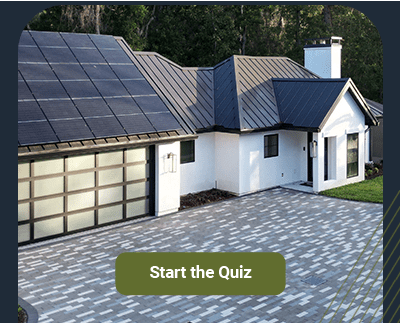Maintaining a well-functioning roof is an essential responsibility for protecting our homes from the elements. Among the vital components of a roofing system, roof vents play a vital role in promoting ventilation and preventing moisture buildup.
However, roof vent leaks can lead to significant consequences such as water damage, mold growth, and compromised structural integrity. Therefore, we will discuss the causes of roof vent leaking and provide actionable tips on how to prevent them.
Roof Vents Explained
Roof vents are crucial elements designed to facilitate airflow in the attic space, mitigating heat and moisture buildup. Different types of roof vents are commonly used, each with its unique characteristics and benefits.
Ridge vents, positioned along the roof’s ridge, allow hot air to escape from the attic, promoting proper ventilation. Box vents, installed near the roof’s peak, enable air circulation through openings in the sides and top. Turbine vents, on the other hand, utilize wind power to extract air from the attic, maintaining a balanced ventilation system.
Common Causes of Roof Vent Leaking
Weather-related Causes
Roof vents are exposed to various weather conditions, which can gradually deteriorate them over time. Prolonged exposure to heavy rain, snow, hail, or extreme temperature fluctuations can weaken the materials, compromising their integrity.
Additionally, the formation of ice dams along the roof’s edges during winter can force water under the shingles, leading to infiltration around the vent area and potential leaks.
Installation and Maintenance Issues
Proper installation and regular maintenance are crucial to prevent roof vent leaks. Improper installation techniques, such as inadequate sealing or gaps between the vent and the roof, can create entry points for water. Inadequate or weakened vent flashing, the protective barrier around the vent, can also contribute to water penetration.
Regular maintenance should include inspections for cracks, gaps, or signs of wear on the vent and flashing, ensuring any issues are addressed promptly.
Roofing Material Issues
The condition of the roofing materials surrounding the vents significantly affects their performance and sensitivity to leaks. Worn-out or damaged shingles can compromise the watertight seal, allowing water to infiltrate the underlying layers and potentially reach the vent area.
Incorrectly installed underlayment, the protective layer beneath the shingles, can also contribute to leaks. Additionally, insufficient ventilation in the attic can result in moisture accumulation, increasing the likelihood of leaks.
Signs of Roof Vent Leaking
Early detection of roof vent leaks is important in preventing further damage.
Keep an eye out for water stains on the ceiling or walls, as well as damp or musty odors in the vicinity of the vents. The presence of mold or mildew is another clear sign of a potential roof vent leak. Additionally, pay attention to any discoloration or dampness around the vent area, as these can indicate water infiltration.
Be sure to also inspect the exterior of your roof for any discoloration or rotting of shingles in the proximity of the vent. Water pooling around the vent area or visible deterioration of the vent itself are also indications of a potential leak. Carefully examine the vent flashing for cracks, gaps, or signs of wear, as these can compromise its ability to keep water out.
Preventive Measures
Regular Inspections and Maintenance
Schedule routine roof inspections by a professional to identify any potential issues. An experienced roofer can thoroughly examine the condition of the vents, flashing, and surrounding roofing materials. They will check for cracks, gaps, or signs of wear that may indicate potential leaks. Additionally, clearing any debris around the vents ensures unobstructed airflow, preventing moisture buildup.
Proper Installation and Repair Techniques
When installing or repairing roof vents, it is crucial to hire a qualified roofing contractor with experience in vent installation. A professional will utilize high-quality materials and adhere to proper sealing and waterproofing techniques. The correct installation of vent flashing, including its proper positioning and secure attachment, is crucial in preventing leaks.
Addressing Ventilation and Attic Issues
To prevent roof vent leaks, it is essential to maintain a well-ventilated and properly insulated attic space. Inadequate ventilation can lead to moisture buildup, increasing the risk of leaks.
Proper attic insulation can aid in preventing the formation of ice dams and condensation, which can cause water infiltration. Consider utilizing ventilation accessories such as baffles or vent covers to enhance airflow while keeping pests and debris out.
Protect Your North Florida Home Today
Roof vent leaking can have severe consequences for your home if left unaddressed. By understanding the common causes of roof vent leaks and taking preventive measures, you can protect your roof and prevent costly repairs.
Regular inspections, proper installation and repair techniques, and addressing ventilation and attic issues are key to ensuring a leak-free roofing system. Remember, when in doubt, always consult a professional roofing contractor for assistance. By staying vigilant and proactive, you can enjoy a well-ventilated and leak-free home for years to come.
Serving the Jacksonville metropolitan area and beyond, our team of contractors at HW Roofing provides the most complete range of commercial roofing services for businesses and property owners in North Florida. To learn more about how we can assist you, schedule a free inspection today.



